3 Most Popular Tea Varieties in Vietnam
Don't forget to pick up some lotus tea and bring home as gifts
With the history of planting tea for over 2000 years, Vietnam is one of the largest and oldest tea-producing countries in the world. Although the history of Vietnamese tea has not been well recorded as that of the Chinese or Japanese, tea drinking occupies an essential role in Vietnamese culture, both in the past and in the present.
With a wide range of varieties, tea in Vietnam can be separated into three main categories: green tea, “trà mạn” (plain black tea), and scented tea- “trà ướp hương”. Join us on a trip to the prolific world of traditional Vietnamese tea!
Green tea - Trà xanh
Green tea must always be the first to be mentioned whenever one talks about Vietnamese tea. From the middle of the 20th century, green tea has been planted extensively throughout the North and the Middle of Vietnam, gradually becoming a symbol of Vietnamese’ everyday life, of the peaceful countryside regions.
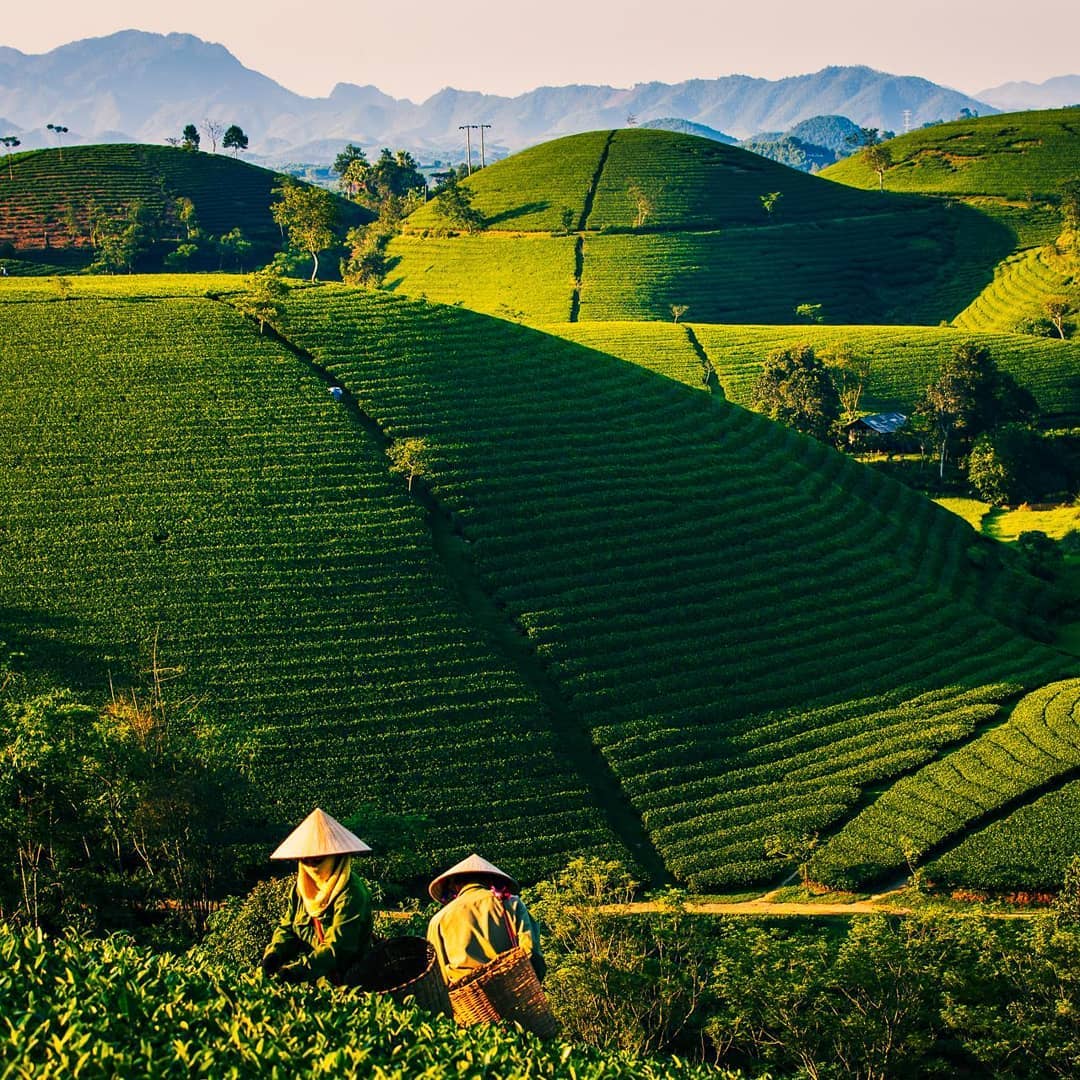 Green tea - photo: @homestaytonyluan
Green tea - photo: @homestaytonyluan
Green tea is very amiable to Vietnam’ soil and climate, as it can be found widely in not only plain but also highland areas, sometimes right in the family backyard’s gardens. With the higher trunk and larger in size of leaves in comparison with other tea plants, green tea can be enjoyed fresh and there is no need to wilt or oxidize; people can enjoy it right after picking the leaves from the tree. Steeping and boiling the tea leaves in hot water, after fifteen minutes, your green tea is ready to be served.
Vietnam has been always an agricultural country, since people in rural area earn a living mainly from farming. It is the keeping-cool characteristic that makes green tea a perfect beverage for hot summer days in the tropical land. Besides blowing out the heat from the inside, green tea also helps improving the body’s resistance to infection.
Unsurprisingly, green tea has been considered an indispensable part of Vietnamese farmers’ ordinary life. Easy in preparing and serving, green tea is drunk everywhere; during the time break of farming day under the shade of trees, or on a patio after long hard-working hours. The image of people gathering around in the small stall near the village gate, chatting merrily while drinking green tea served in porcelain bowls is a typical picture describing the lifestyle of countryside Vietnamese.
At times, Vietnamese also drink “nước vối” (made from a plant in Northern Vietnam) as a substitute for green tea. After being incubated in straw-covered basket and hard dried under the heat in open air, desiccated buds and leaves of “voi” tree will be served in the same way as green tea leaves.
Nowadays, acknowledging about Vietnamese ardor for green tea and its positive affects on health, some shrewd producers have convert this folk beverage into canned drink, bringing green tea closer to urban citizens as well as foreigners.
Plain Black tea - Trà Mạn
It takes time and effort to have a thorough perception of Vietnam’s Trà Mạn- plain dried tea leaves with no additives: how to make “trà mạn” from fresh tea leaves, how to have a qualified cup of “trà mạn”?
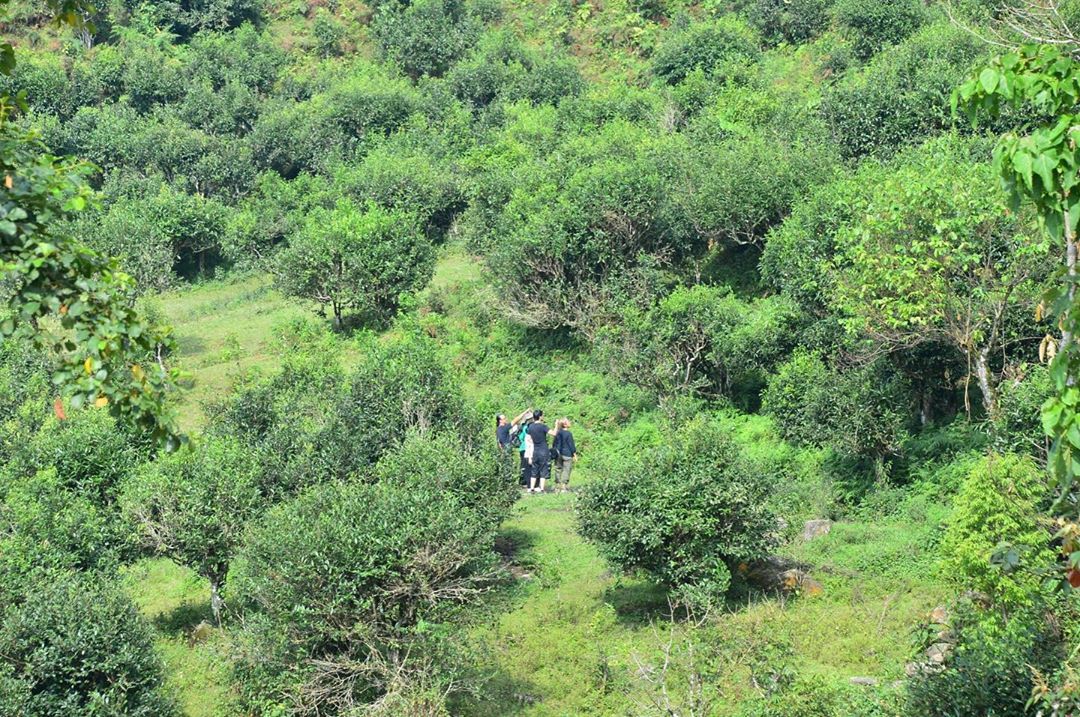 Tra Shan Tuyet - Photo: @snowshanteavn
Tra Shan Tuyet - Photo: @snowshanteavn
Different from the green tea mentioned above, the variety of tea used for making Trà mạn is planted into bush with nearly one meter height at full mature, in the lowland or complex terrain areas like Thai Nguyen, Tuyen Quang, Phu Tho; or highland regions in Lam Dong, Gia Lai, Kon Tum.
Fresh tea buds and leaves after being carefully picked will be dried naturally before wilting. Then people will roast the buds and leaves in a pan with fixed level of temperature until the buds begin to curl up and desiccated. The green color now turns into black. Simple as it may sound, it is actually a very complicated process that depends much on the workers’ skills to achieve the requirements of quality. The buds should be in its original shape, no scrap is allowed and the fragrance has to be kept long lasting.
Trà mạn can also be made from Shan tea- Tra Shan or Tra Tuyet. Shan tea is a preciously distinctive tea plant that only inhabits in remote provinces of far North Vietnam, especially in Ha Giang. Those ancient wild tea plants have been known to reach heights of nearly 15 meters and boast diameters of two meters. People have to climb up the tea tree to pick the buds, and it is said that in earlier times, trained monkeys were used to collect tea leave from inaccessible places. Shan tea’s buds and young leaves are covered in a thin layer of snowy hair, which creates the name “Trà Shan Tuyet”- or Snowy Shan Tea. Being cultivated organically and harvested naturally, Shan tea is sold at the high price for its superb characteristics.
Not so common and popular like green tea, “Trà mạn” is served sophisticatedly with specific skills of tea artisans, with a proper teapot as each kind of ceramics can bring about a whole new flavor for the tea water, and especially, with a serenely pure mind.
Scented tea- Trà ướp hương
Like many other tea producing regions, Vietnamese have discovered an exceptional method to make “trà mạn” more aromatic: mix it with flower and herb! If internationally acclaimed Earl Grey or Chai have made their name known, Vietnam scented tea is very simple and yet unique, combining the flavour of mostly earthy and native plant.
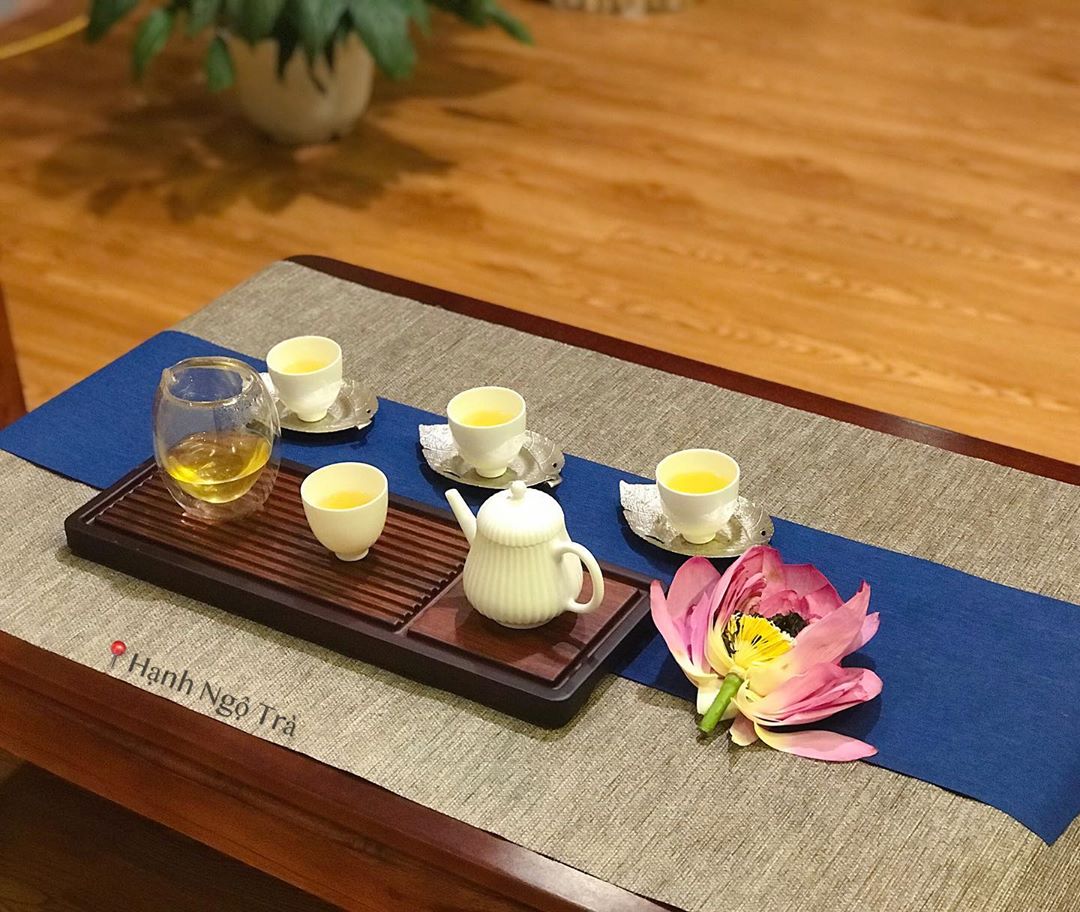 Che Sen - Photo: @hanhngotra
Che Sen - Photo: @hanhngotra
The odorous scent of flowers twisting harmoniously with the sweetly bitter taste of tea creates a unique in flavor, texture, and color cup of scented tea or “Trà hương”. Each kind of “trà mạn” will be matched with a particular type of flower: tea leaves with chrysanthemum, tea buds with Sói flower, and exceptionally, the favorite quality “trà mạn” with jasmine and lotus.
Lotus fragrant tea- “trà sen”- can be regarded as a typical feat of Vietnamese tea’s culture. Making “trà sen” is not only time-consuming but also elaborate, and “tra sen” itself contains the graciousness, respect and philosophy beliefs of Vietnamese.
“Trà mạn” used to make “trà sen” cannot be completely desiccated after roasting. The tea buds and leaves will be kept in earthen jar, covered with banana leaves and stored in nearly two years to make the taste less bitter and increase the fragrant-absorbed ability of the tea leaves. In order to have one kilogram of “trà sen”, 800-1000 lotus flowers, which are picked before dawn are needed. Tea is mixed five to six consecutive times until all the tea leaves are thoroughly soaked up with the purely clean scent of lotus.
Hi sir I need to is there any gréen tea name of palando

Best Things To Do In Moc Chau
Moc Chau Town is among the top-rated tourist destinations in northern Vietnam brimming with ultramodern and natural sightseeing attractions.
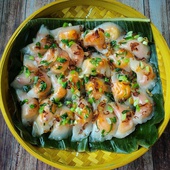
Vietnamese Snacks Among Best In The World
Vietnamese cuisine has long been known as among the most abundant and delicious cuisines in the world.
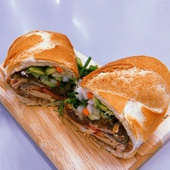
The Most Expensive "Banh Mi" In Ho Chi Minh City That Is Worth A Try
Long queues of Saigoneses, tourists, and shippers in front of the "banh mi" Huynh Hoa shop have long become a familiar scene every afternoon.








